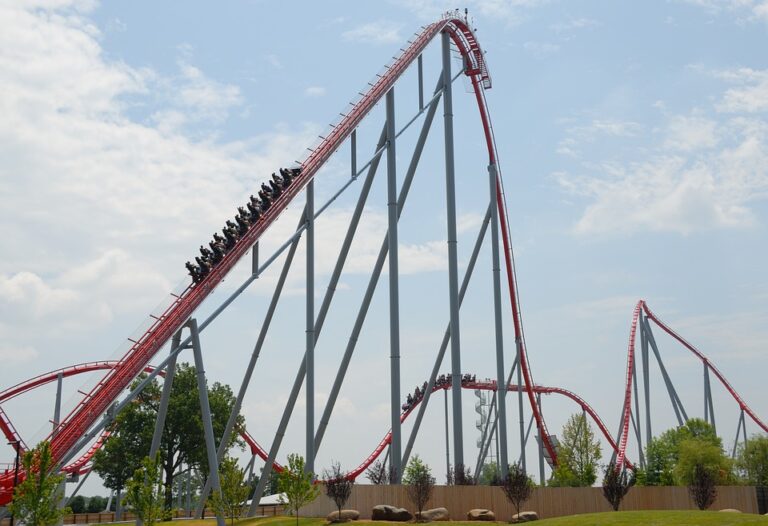In my last post, I talked about the importance of considering timeliness and scale for the design of an anomaly detection system. In this post, I will discuss the impact of a company’s rate of change in relation to detecting anomalies.
Online Business: A Constantly Changing Ecosystem
A slow rate of change, as pictured below, is normally seen in closed systems, where outside events have no effect, and any changes take place slowly. In this example, we see that over the course of a week, the metrics remain relatively stable. This is typical, for example, in automated manufacturing processes. For slow-changing processes, a system can learn on a year’s worth of data to learn its normal behavior. The model generated from this may not have to be updated for a long time.
In contrast, online businesses are constantly making changes to improve and increase revenue and keep up with the demands of their audience. Whether they release new products or new versions of applications, their environment changes rapidly. In the example below, this set of metrics display a sudden, rapid and drastic change, which is typical to see after new releases. Because of this, dynamic online businesses need an anomaly detection system that adapts to changes efficiently and effectively.
To achieve this, it is vital that the system have adaptive algorithms enabling it to collect data and adapt its gathering process to the needs of the business.
In other words, the more things change…the more you need an adaptive anomaly detection solution.
For more information on how anomaly detection is pertinent for your business, and how these systems are designed, see our white paper: Building a Large Scale, Machine Learning-Based Anomaly Detection System, Part 1: Design Principles.







